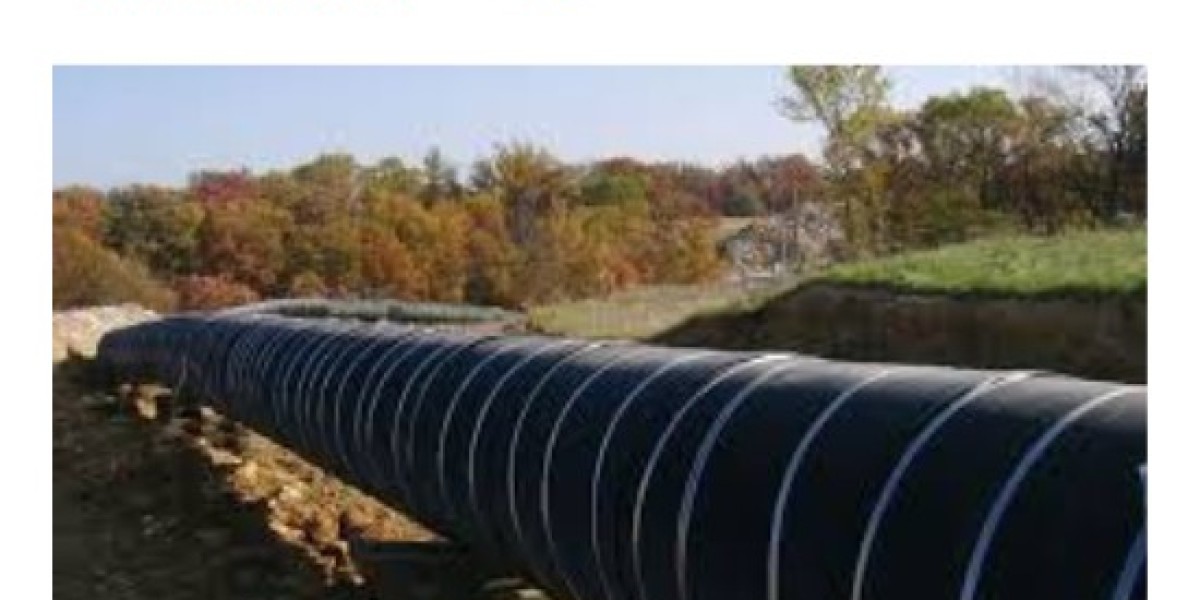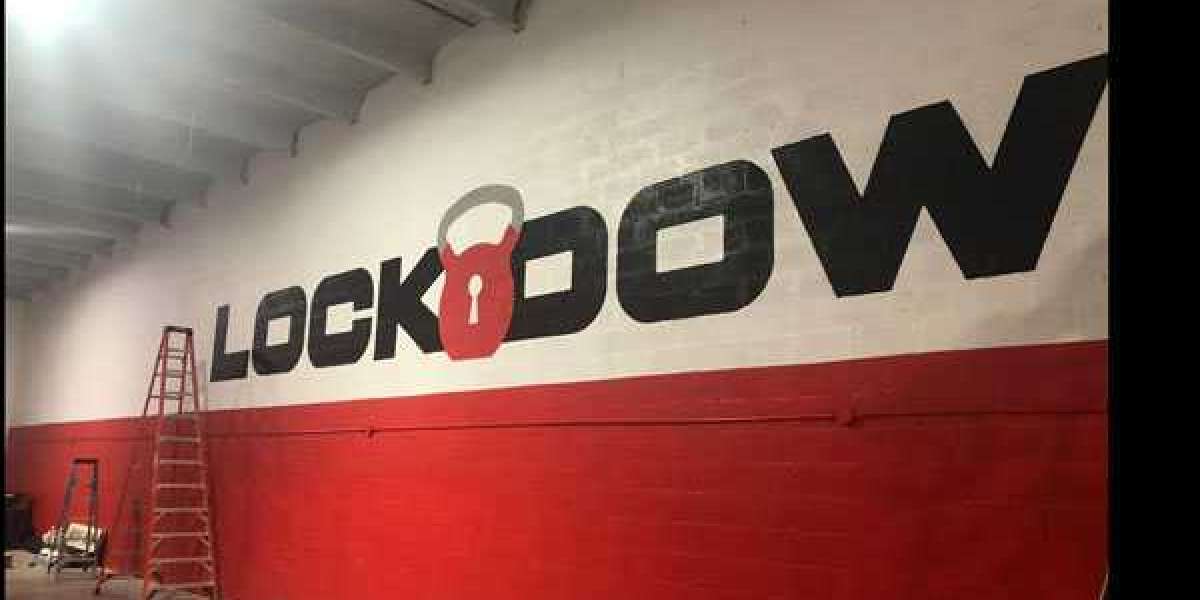In industries like construction, oil, and gas, the protection of underground pipelines and structures is crucial to ensuring the durability and safety of installations. One key tool in safeguarding these valuable assets is Rockshield Mesh, a protective material designed to prevent damage from rocks, soil movement, and environmental wear and tear. Rockshield Mesh Installation is a critical process that can enhance the lifespan of pipelines and underground infrastructure, making it an essential component of many industrial projects.
In this comprehensive guide, we will explore what Rockshield Mesh is, the benefits of installing it, the step-by-step process of installation, and answers to frequently asked questions that will help you better understand the role of this protective material.
What is Rockshield Mesh?
Rockshield Mesh is a specialized protective mesh made from high-density polyethylene (HDPE) or similar durable materials. Its primary purpose is to safeguard underground pipelines from mechanical damage caused by rocks, sharp objects, or shifting soil. The mesh is installed around pipelines and acts as a buffer that absorbs impact and prevents direct contact between the pipeline and its surroundings.
The mesh is flexible yet strong, allowing it to conform to the shape of the pipeline while providing continuous protection. It is particularly useful in rocky or unstable terrain where the risk of damage is higher. Additionally, Rockshield Mesh is resistant to chemicals, corrosion, and extreme weather conditions, making it suitable for long-term use in challenging environments.
Benefits of Rockshield Mesh Installation
Installing Rockshield Mesh offers several key benefits, especially in industries where the protection of underground assets is critical. Some of the most important advantages include:
1. Protection Against Mechanical Damage
The primary function of Rockshield Mesh is to protect pipelines and other underground structures from mechanical damage. Sharp rocks, debris, and soil movement can cause scratches, dents, or even punctures in pipelines, leading to costly repairs and downtime. By installing Rockshield Mesh, you create a protective barrier that prevents these materials from coming into direct contact with the pipeline, reducing the risk of damage.
2. Improved Durability and Longevity
Pipelines are often subjected to harsh environmental conditions, including pressure from surrounding soil, temperature fluctuations, and chemical exposure. Rockshield Mesh helps improve the durability of pipelines by providing an additional layer of protection against these stressors. This can significantly extend the lifespan of the pipeline, reducing the need for frequent maintenance and repairs.
3. Cost-Effective Solution
Although the initial cost of Rockshield Mesh installation may seem like an added expense, it is a cost-effective solution in the long run. By preventing damage and reducing the need for repairs, Rockshield Mesh helps save money on pipeline maintenance and ensures the continued operation of critical infrastructure. It also reduces the risk of costly environmental damage, which can occur if a pipeline is compromised.
4. Flexible and Easy to Install
Rockshield Mesh is designed to be flexible, allowing it to conform to the shape and curvature of the pipeline. This makes installation straightforward and reduces the time and effort required to install the mesh around pipelines. The mesh can also be easily trimmed to fit specific dimensions, ensuring a snug and secure fit.
5. Environmental Protection
In addition to protecting pipelines, Rockshield Mesh Price also contributes to environmental protection by preventing leaks and spills. By minimizing the risk of damage to pipelines, the mesh helps prevent harmful substances from escaping into the environment, which is especially important in industries like oil and gas.
Step-by-Step Guide to Rockshield Mesh Installation
The installation of Rockshield Mesh is a critical process that must be carried out correctly to ensure optimal protection. Below is a step-by-step guide to help you understand how the installation process works:
1. Inspect the Pipeline and Surrounding Area
Before installing the Rockshield Mesh, it is important to inspect the pipeline and the surrounding terrain. Check for any existing damage to the pipeline and remove any large rocks, debris, or sharp objects that could interfere with the installation process. This ensures that the pipeline is in good condition before applying the protective mesh.
2. Cut the Rockshield Mesh to Size
Rockshield Mesh typically comes in rolls, and it needs to be cut to the appropriate length and width to cover the entire pipeline. Using a sharp utility knife or shears, trim the mesh to the required dimensions. It’s important to ensure that the mesh covers the entire circumference of the pipeline, leaving no gaps.
3. Wrap the Mesh Around the Pipeline
Once the Rockshield Mesh is cut to size, carefully wrap it around the pipeline. Start at one end of the pipeline and work your way along the length of the pipe, ensuring that the mesh is applied smoothly and evenly. If necessary, overlap the edges of the mesh to provide additional protection. The mesh should fit snugly around the pipeline, with no loose or hanging sections.
4. Secure the Mesh in Place
After wrapping the mesh around the pipeline, it’s important to secure it in place to prevent it from shifting or moving during backfilling. This can be done using zip ties, stainless steel wire, or other secure fasteners. Place the ties at regular intervals along the length of the pipeline to ensure the mesh remains tightly fitted.
5. Backfill the Trench
Once the Rockshield Mesh is securely in place, the trench can be backfilled with soil or other suitable materials. It’s important to ensure that the backfill material is free from sharp rocks or debris that could potentially damage the pipeline. Compact the soil carefully to provide stability and ensure that the mesh remains in place.
6. Inspect the Completed Installation
After backfilling, conduct a final inspection to ensure that the Rockshield Mesh is properly installed and that the pipeline is adequately protected. This step helps to verify that the installation was successful and that the pipeline is ready for operation.
Conclusion
Rockshield Mesh installation is an essential step in protecting pipelines and underground infrastructure from mechanical damage and environmental stressors. By creating a durable, flexible barrier around pipelines, Rockshield Mesh ensures that these critical assets remain intact and functional for extended periods.
The installation process, while straightforward, requires careful attention to detail to ensure that the mesh provides optimal protection. Whether you’re in the oil and gas industry, construction, or water management, investing in Rockshield Mesh Suppliers can help you avoid costly repairs, reduce environmental risks, and ensure the longevity of your underground assets.
Understanding the importance of Rockshield Mesh and its proper installation can lead to more efficient, cost-effective, and safe industrial operations, making it an indispensable tool for protecting valuable pipelines and infrastructure.
Frequently Asked Questions (FAQ)
1. What is the primary purpose of Rockshield Mesh?
Rockshield Mesh is designed to protect underground pipelines from mechanical damage caused by rocks, debris, and soil movement. It acts as a buffer between the pipeline and the surrounding terrain, preventing direct contact and reducing the risk of scratches, dents, or punctures. The mesh also provides protection against environmental factors like moisture, chemicals, and temperature fluctuations.
2. Is Rockshield Mesh suitable for all types of pipelines?
Yes, Rockshield Mesh is suitable for a wide range of pipeline types, including those used in the oil and gas, water, and sewage industries. It is especially beneficial for pipelines installed in rocky or unstable terrain where the risk of damage is higher. However, the suitability of the mesh may vary depending on the size and specific requirements of the pipeline, so it’s important to choose the right mesh for your application.
3. How long does Rockshield Mesh last?
Rockshield Mesh is designed to be highly durable and resistant to environmental wear and tear. When properly installed, it can provide long-lasting protection for pipelines, with a lifespan that matches or exceeds that of the pipeline itself. The mesh is resistant to UV rays, chemicals, and corrosion, ensuring that it remains effective for many years.
4. Can Rockshield Mesh be used in all soil conditions?
Rockshield Mesh is versatile and can be used in a variety of soil conditions, including rocky, sandy, and clay soils. Its flexibility allows it to conform to the pipeline’s shape and adapt to different terrain types. However, for extremely challenging soil conditions, such as areas with high acidity or salinity, it is recommended to consult with a professional to determine the most suitable protective measures.



